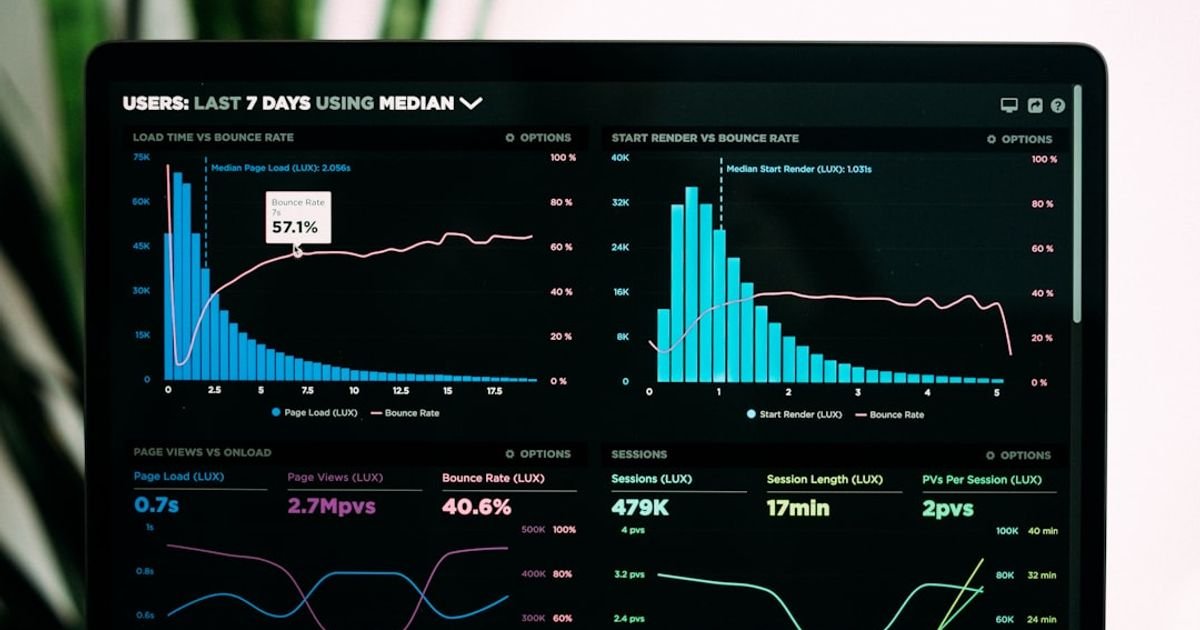About Prompt
- Prompt Type – Dynamic
- Prompt Platform – ChatGPT, Grok, Deepseek, Gemini, Copilot, Midjourney, Meta AI and more
- Niche – Student Performance Insights
- Language – English
- Category – Data Visualization
- Prompt Title – AI Prompt for Visualizing Student Performance Trends via Dashboards
Prompt Details
**Goal:** Generate code for an interactive dashboard visualizing student performance trends, suitable for integration into a Student Performance Insights platform. The dashboard should be dynamic, allowing for filtering and drill-down analysis, and offer various visualization options to explore different aspects of student performance.
**Target Audience:** Educators, administrators, and students seeking insights into academic progress and identifying areas for improvement.
**Data Source:** Assume access to a structured dataset containing student performance data. This dataset should include (but isn’t limited to) the following fields:
* **Student ID:** Unique identifier for each student.
* **Course ID:** Unique identifier for each course.
* **Assignment Name:** Name of the assignment or assessment.
* **Grade/Score:** Numerical score or letter grade received on the assignment.
* **Submission Date:** Date the assignment was submitted.
* **Due Date:** Date the assignment was due.
* **Course Category:** Categorization of the course (e.g., Math, Science, Humanities).
* **Student Demographics (Optional):** Information such as grade level, gender, or other relevant demographic data (handle with care regarding privacy and ethical considerations).
**Dashboard Requirements:**
**1. Filtering and Segmentation:**
* Allow users to filter data by:
* Course ID
* Course Category
* Date Range (submission date or academic term)
* Student Demographics (if available and ethically appropriate)
* Enable dynamic filtering – changes in one filter should automatically update other relevant filters and the visualizations.
**2. Key Performance Indicators (KPIs):**
* Display KPIs summarizing overall performance, such as:
* Average grade/score across all courses.
* Percentage of students passing/failing specific courses.
* Trend of average grade/score over time.
* Allow for customization of KPIs based on user selection (e.g., showing KPIs for a specific course or student group).
**3. Visualizations:**
* Implement diverse visualization types, including:
* **Line charts:** To show trends in grades/scores over time.
* **Bar charts:** To compare performance across different courses or student groups.
* **Scatter plots:** To explore correlations between different variables (e.g., assignment due date vs. submission date and its impact on grades).
* **Heatmaps:** To visualize performance across different assignments or topics.
* **Box plots:** To compare the distribution of grades within a course or across different student groups.
* **Tables:** To display detailed data for selected students or assignments.
**4. Interactivity:**
* Enable drill-down functionality: clicking on a data point in a visualization should provide more detailed information about the underlying data.
* Allow users to select specific data points or regions within a visualization to highlight and analyze specific trends.
* Implement tooltips to display additional information when hovering over data points.
**5. Customization and Flexibility:**
* Allow users to customize the dashboard layout and choose which visualizations are displayed.
* Provide options to export the dashboard data and visualizations in various formats (e.g., PNG, PDF, CSV).
**Technical Requirements:**
* Generate code preferably using Python and libraries like Plotly Dash, Streamlit, or similar dashboarding frameworks.
* Ensure the code is well-commented and easy to understand.
* Provide clear instructions on how to install and run the code.
* Consider responsiveness and performance optimization for large datasets.
**Output Format:**
The AI response should provide the following:
1. Python code for creating the interactive dashboard.
2. Instructions for setting up the necessary environment and running the code.
3. A brief explanation of the chosen visualizations and their relevance to analyzing student performance trends.
4. Suggestions for potential enhancements and future development.
**Example User Interaction:**
A teacher might want to analyze the performance of their students in a particular math class over the semester. They would filter the dashboard by the specific course ID and date range. They could then view a line chart showing the trend of average grades over time, a bar chart comparing student performance on different assignments, and a scatter plot exploring the correlation between time spent on assignments and the grades achieved. By clicking on a specific data point in the scatter plot, the teacher could drill down to see the details of the corresponding student and assignment.
This detailed prompt provides sufficient context and requirements for the AI to generate a comprehensive and functional dashboard code addressing the specific needs of visualizing student performance trends. The inclusion of example data fields and user interaction scenarios further clarifies the expected outcome.

